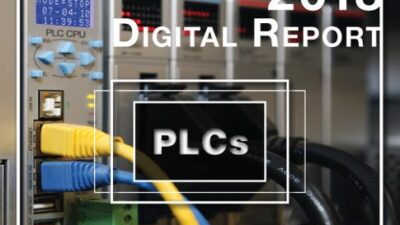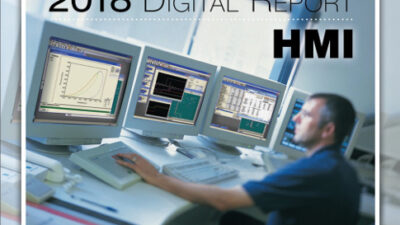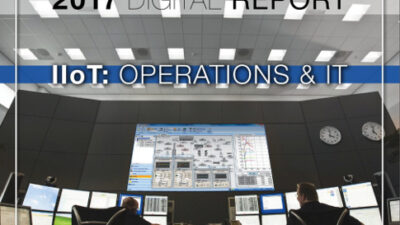Measuring the level of liquids and solids in tanks has been a challenge for as long as there have been tanks. Most traditional solutions involve complicated plumbing or mechanical devices that introduce their own problems.
Radar level detectors have been on the scene for more than 25 years, but have grown in popularity recently as their capabilities improve and costs decline. In the past, their steep price kept them in the most critical applications, but now they are used in an increasing variety of situations.
Radar measurement has many advantages:
There is no contact with the product;
There are no moving parts;
They work equally well with liquids and bulk solids;
Liquid characteristics (density, dielectric constant, conductivity, etc.) aren’t an issue;
Everything is mounted from the vessel top, eliminating connections below liquid level;
They are unaffected by temperature and pressure;
They can “see through” vapors, foam, dust, etc.;
They can be taught to “see around” mixer paddles, baffles, etc.; and,
When configured properly, they are very precise.
These comments are deliberately general and apply to most manufacturers. You should discuss your application needs with specific vendors as you make a selection.
There are two main radar technologies: Frequency modulated continuous wave (FMCW) and pulsed. The technical differences between these are too involved for this context, but pulsed designs typically require less current and therefore offer more powering options. Both calculate the distance from sensor to liquid (or solid) surface by examining microwave echoes bounced around inside the vessel. Current designs use sophisticated electronics to characterize the interior configuration, including obstructions, so the sensor will not mistake a reflection from a mixer paddle as the liquid surface. The approach has some similarities to ultrasonic technologies, but microwaves are able to work in environments that aren’t suitable for sound waves.
Radar sensors are especially useful in reactors where process conditions preclude other technologies. They can operate where there are high internal pressures, high temperatures, mists, vapors, foam, turbulence, or other problematic conditions. The wide variety of antenna configurations allows you to choose the best approach for the interior space and liquid characteristics. Moreover, various frequencies offer specific capabilities for difficult situations and liquid properties.
A variety of companies manufacture radar sensors. A selection is listed below. They can help you determine the best configuration choices for your process.
Ohmart/Vega
Ametek/Drexelbrook
Rosemount
Madison Co .
Krohne
Click here to read a related article from Control Engineering Europe .
Control Engineering Daily News Desk Peter Welander , process industries editor


